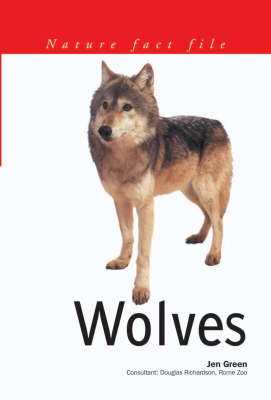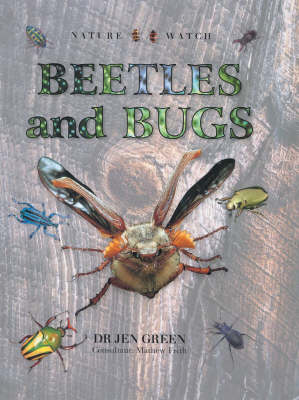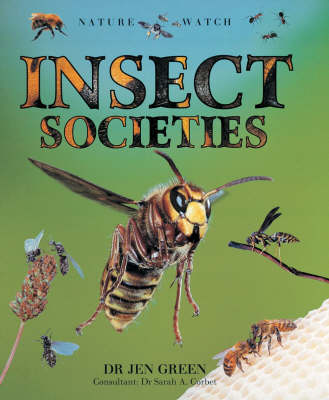Nature Watch S.
3 total works
Wolves are the wild, savage ancestors of all domestic dogs, from the German shepherd to the poodle. Investigate with the help of this book, the lives of these specialized hunters and examine their close relatives, wild dogs. Discover the strengths - and weaknesses - of the wolf as a hunter, its remarkable sense of smell and the strict codes of conduct that operate within its society. Focus features zoom in closely on how wild dogs behave, capturing what it is like to hunt with wolves or observing dingos in the outback. Myth boxes explore popular stories about wolves, and "did you know?" facts provide little-known truths with which you can impress your friends.
One in every four animals on Earth is a beetle! The latest addition to this children's series is an inside-view of life and survival in the successful world of minibeasts. It investigates every aspect of beetle and bug life and behaviour, from how their bodies work - and change dramatically at each stage of their life cycle, to feeding and fighting, amazing camouflage, and interesting techniques for attracting mates. Close-up photography reveals the secrets of the minibeast world - all-seeing compound eyes, super-sensitive antennae, minute clusters of eggs, deadly jaws and the incredible sight of a perfect insect emerging from its pupal case. Picture sequences zoom in closer still to follow particular aspects of lifestyle or behaviour, such as a stag beetle battle, or insect flight. "Nature Watch Beetles and Bugs" aims to make learning about fundamental aspects of natural history, such as survival of the fittest or the insect's life cycle interesting, and easy to absorb and understand.
This illustrated book explores the extraordinary lifestyles of ants, bees, wasps and termites. It investigates all aspects of their behaviour as social insects - from their nest-building and matriarchal habits to how their bodies work and change at each stage of the life cycle. Close-up photography unveils the secrets of this world - super-sensitive antennae, clusters of eggs and powerful stings. This text should make learning about fundamental aspects of natural history, such as the survival of the fittest or the insect's life cycle exciting and easy to absorb.


